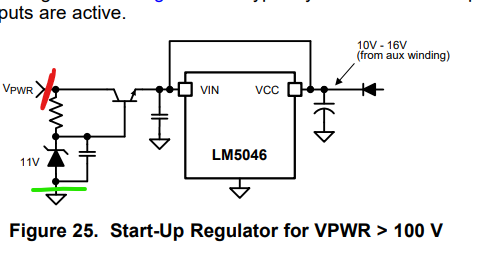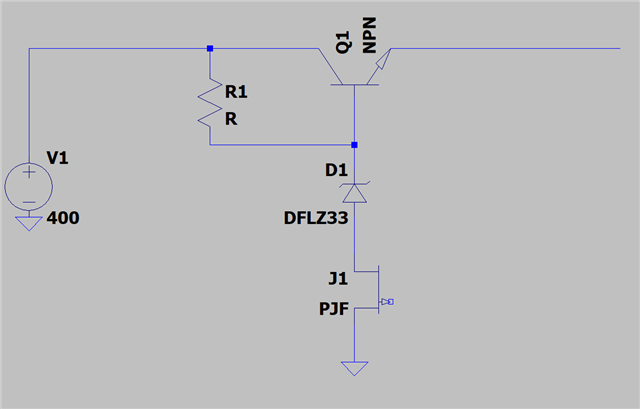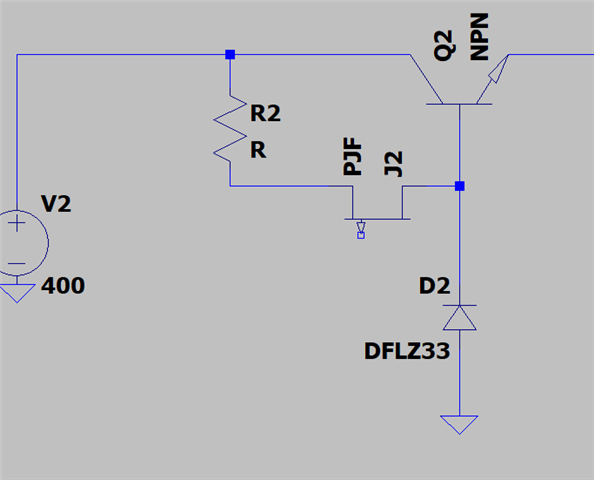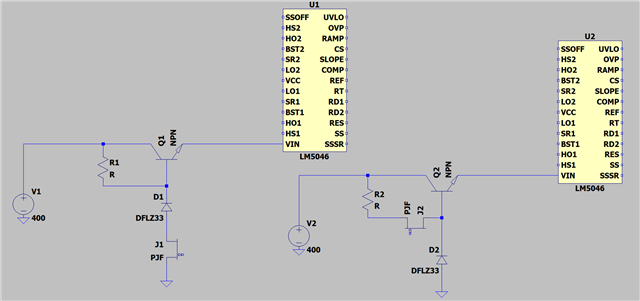Other Parts Discussed in Thread: UCC28950
Tool/software:
Hi,
I read the LM5046 datasheet and while using the provided XLSX calculator I noticed something strange:
When calculating R1 R2 R3 i get very different results when compared to datasheet formulae.
Vin is between 300-410Vdc 390V nominal ( with a lot of room for when APFC is not started yet and to account for shrt mains hiccups)and Vout 50V
I set the Vth to 10V hysteresis and that results in 500k and that is ok.
I set OVP to 440V , UVLO to 300V, here the results are very different.
With manual math i get 2k15 and 1k4 and that results into 750 and 1k42 for 3 resistor setup.
With XLSX calculator i get 420 1k62 for 3 resistor setup.
This is a large difference and I am not sure why this is happening. Yes 1k42 and 1k62 are very close and rounding might play a large role here BUT 750 vs 420 is a large difference in terms of ratio.
On another note i didn't find a lot regarding how to calculate the transformer primary inductance so i used : https://www.ti.com/lit/an/slua560d/slua560d.pdf?ts=1752674969435&ref_url=https%253A%252F%252Fe2e.ti.com%252F Is this ok?
Regarding the high voltage start-up from page 30 of the datasheet:
Would there be any problems if i do it is 2 stages?
As in 400Vdc -> 80Vdc with external NPN -> IC input ( and then generate 13V from a transformer auxiliary winding.
In the datasheet the internal linear regulator in entirely bypassed while i was considering using it since 300-320V drop on a single NPN seems a bit much.
I will do some simulation but generally would this be ok?
How can i stop the start up circuit? Could a low side JFET under the Zener diode do the job?
Best regards,
Robert








